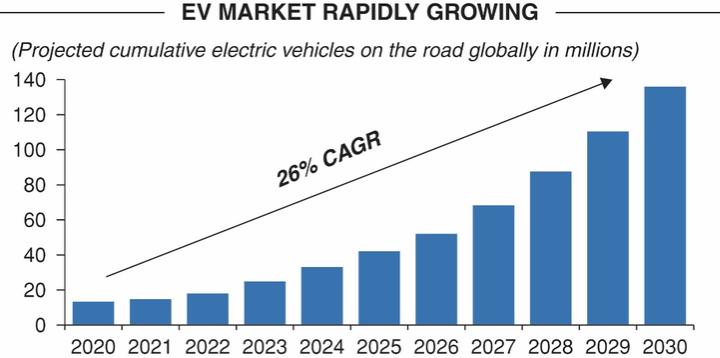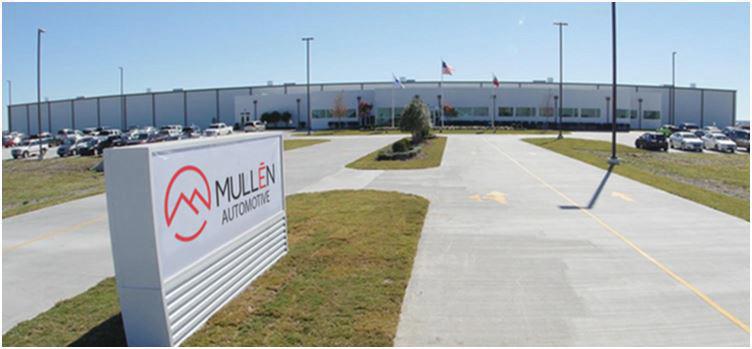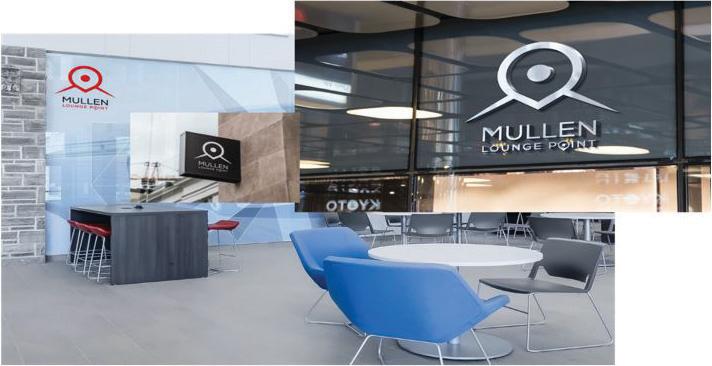continuing build-out of electric charging infrastructure, and the growing comfort with EV range capabilities could ease “range anxiety” and facilitate adoption.

Source: Derived from data in Bloomberg Electric Vehicle Outlook 2020
The rise of the Sports Utility Vehicle
When designing our first EV offering, our team elected to develop a Sport Utility Vehicle (“SUV”) because of the recognized growth in SUV sales. According to market research, today’s customers increasingly prefer SUVs to traditional sedans or crossovers. According to JATO, an automotive market research firm, 2018 SUV sales globally, in the United States and the European Union were 29.8 million, 7.8 million and 5.4 million vehicles, respectively. According to Research Nester, a strategic market research and consulting firm, the global SUV market is forecasted to be 53.2 million SUVs in 2027.
Our Vehicles
Our initial entry into the EV and Crossover market will be designed, engineered, and manufactured in the United States. Our business model for entry into the EV market consists of core tenets that include speed-to-market (36 months), efficient use of funds and investments, experienced leadership and engineering, designed to US market needs, and complemented with a portfolio of competitively priced vehicles (multiple vehicles on one platforms) in the fast-growing ESUV segment.
We expect our products and services will include the following:
| ● | Mullen FIVE: The Mullen FIVE represents Mullen Automotive’s entry into the full-electric, mid-size luxury SUV market. The Mullen FIVE is competitively priced starting at $55,000 - for the United States market before federal and state incentives are applied. Offering at least two optional packages, with a price range from a base price of $55,000 to $75,000 (for additional features), will allow customers to purchase a vehicle with options that best fit their budgetary and performance needs. Product validation is expected to begin in the 4th quarter of 2023 with the first sellable vehicles available in the fourth quarter of 2024. |
| ● | The Mullen FIVE is expected to deliver an electric range up to 325 miles. We intend to focus more on efficiency rather than extreme performance. We expect to achieve this by optimizing battery capacity, vehicle aerodynamics, rolling inertia, and software controls. |
8

